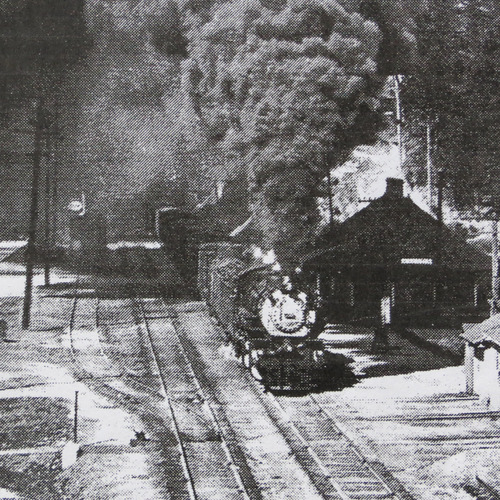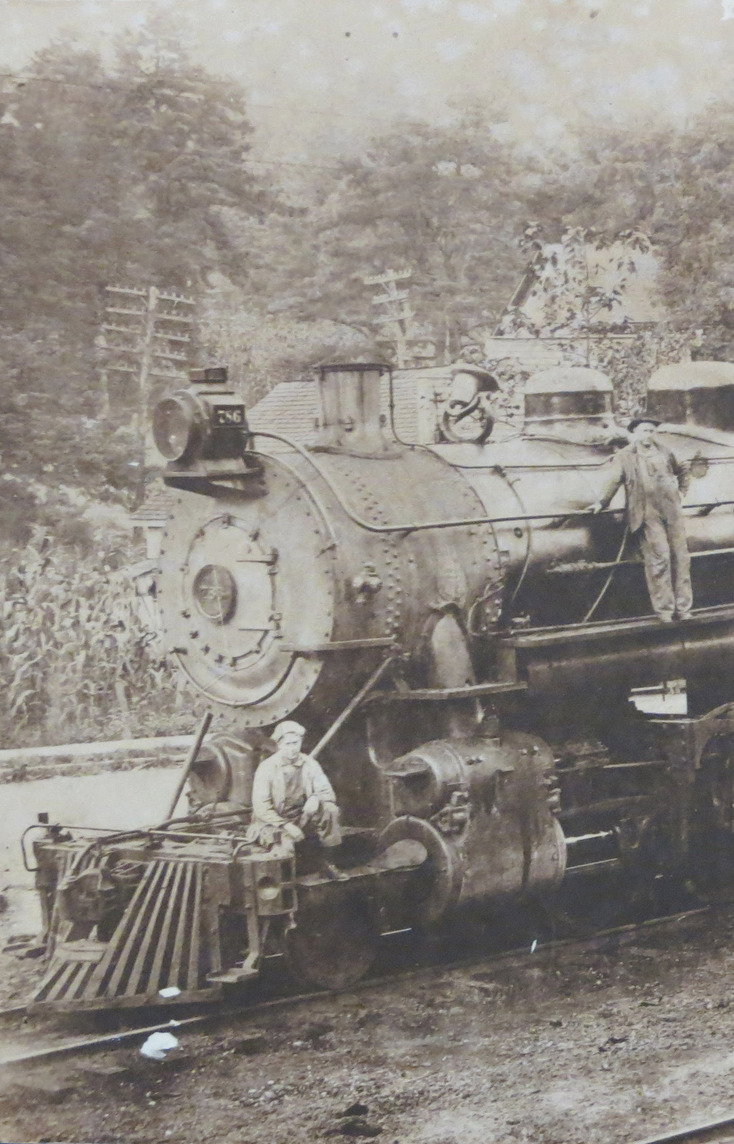
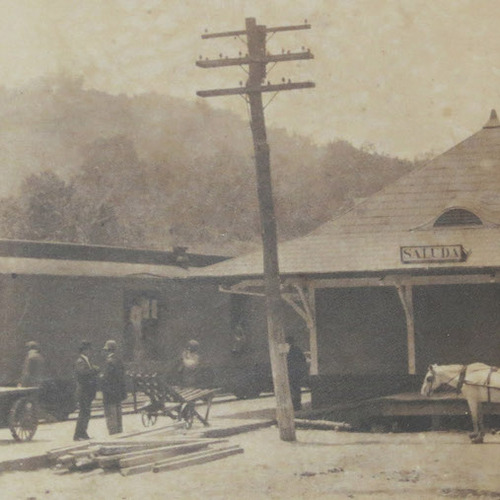
Many people in communities along the Saluda Grade have memories of this railroad—famously steep where it climbs the Blue Ridge Escarpment. They pass along family stories of dramatic incidents where the brakes failed and the train lost control, so the engineer and all of the crew had to jump off a runaway train to save themselves. Or they recall how slowly the train crept up the mountains to Saluda. One local resident recalls how, when he was a boy, an engineer let him ride up front; then the engineer set the brakes and the train skidded the whole way down the mountain.
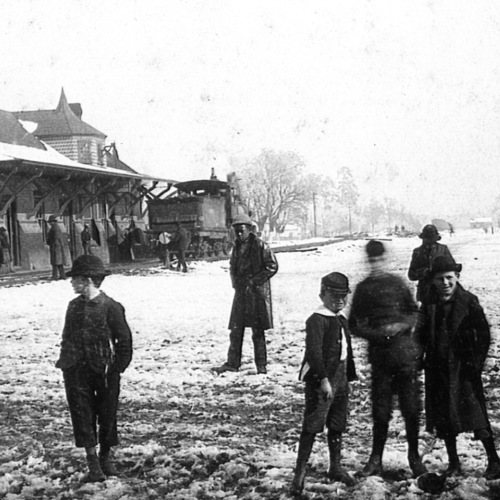
The History of the Saluda Grade Railroad
The Saluda Grade Railroad was first built in the 1870s to connect Spartanburg, SC with Asheville, NC—transporting goods and people to and from the growing communities in the mountains. However, to accomplish this, it was necessary to find a route up the forbiddingly steep Blue Ridge Escarpment. The Saluda Grade was determined to be the most feasible way up the mountains, even though the maximum grade was nearly 5%. The line was laid with considerable adversity as laborers—both convicts and free workers—suffered from illness and accidents. In July 4, 1878, the first train chugged slowly up the mountains to Saluda.
In the following years, the steepness of the grade led to dangerous derailments and crashes. So the railroad innovated to improve safety. They built spur lines that could be used to arrest a runaway downhill train. They would also split trains into two or more sections to reduce the weight—a technique that was necessary for both uphill and downhill travel.
As the nation’s transportation system shifted away from rail, the railroad gradually became obsolete. In 2001, Norfolk Southern stopped running trains on this line. More than two decades later, the tracks are in disrepair and inoperable—but they can be brought back to life as a vibrant rail trail that will bring economic vitality to local communities, just as the railroad did when it first connected the mountains with the Piedmont nearly 150 years ago.
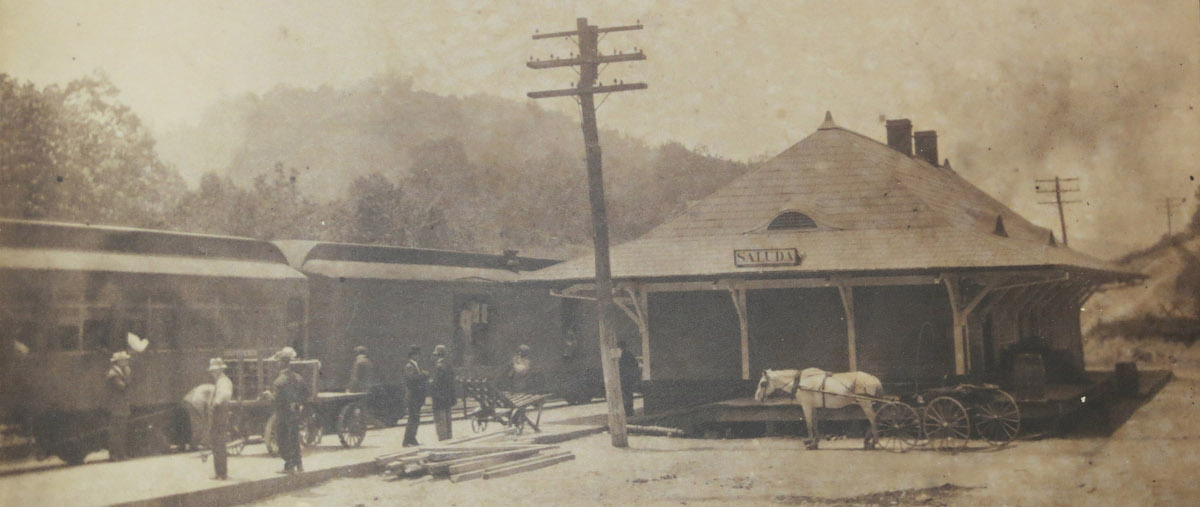
Could the Saluda Grade be used as a railroad again?
The current owner, Norfolk Southern, has no interest in restoring the tracks or running trains on this line. The railroad has signed an agreement setting terms for the purchase of this corridor for a rail trail. However, if in the future, the line is once again needed for rail travel, it would be possible to bring back a railroad on this route. The Saluda Grade Trail will be created through a federal “railbanking” program that allows an inactive rail corridor to be used as a trail until such a time that the route is needed again for rail transportation.
